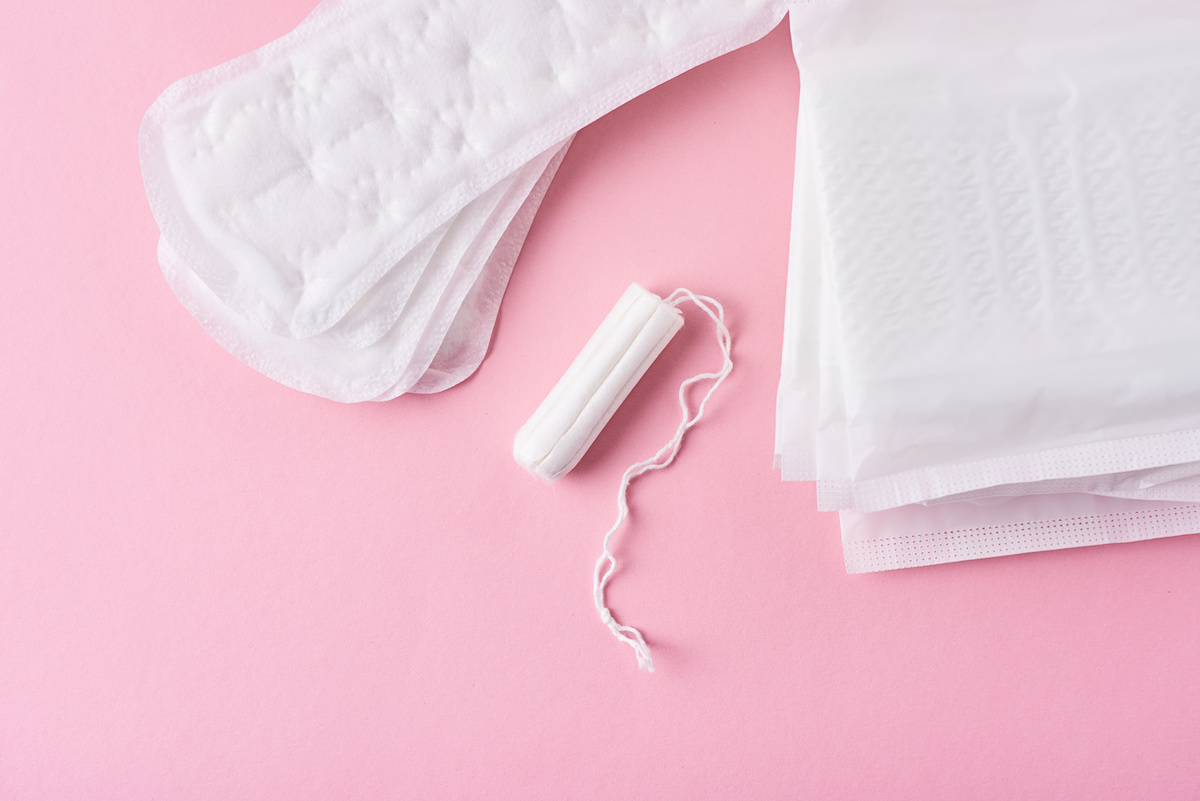Polycystic ovary syndrome (PCOS) is the most common cause of female infertility, affecting up to 12% of women of reproductive age. In addition to fertility, this condition also affects a woman’s menstrual cycle and hormones. The symptoms of PCOS are commonly seen, yet there are certain distinguishing factors.
At Green Valley OB/GYN, we diagnose and help treat many patients with PCOS. It’s important to know what this condition entails, along with its symptoms and treatment methods.
PCOS and OB/GYNs:
PCOS is an imbalance of hormones during a woman’s reproductive years. John Hopkins Medicine defines PCOS as “a condition in which the ovaries produce an abnormal amount of androgens, male sex hormones that are usually present in women in small amounts.” The effects of PCOS are seen mainly in a woman’s menstrual cycle; however, the symptoms are also present in overall hormone levels.
Our board-certified obstetricians and gynecologists provide healthcare needs for women at any stage of adolescence. Polycystic ovary syndrome usually results in irregular periods, which any of our providers can be consulted on. Our providers also have experience in managing low and high-risk pregnancies. At Green Valley OBGYN, we provide family planning counseling as one of our primary obstetric services. If you have PCOS and are planning for a pregnancy, we recommend consulting with an obstetrician.
What Causes PCOS?
As mentioned before, PCOS involves an imbalance of male hormones in the female ovaries. Although there is no exact cause as to why this is, there are a few distinguished contributing The CDC made a connection that most women with PCOS are often insulin resistant, meaning there is a higher risk of developing type 2 diabetes. A family history of diabetes or PCOS can also increase a woman’s chances.
In addition, there is a commonly known correlation between body weight and polycystic ovary syndrome. Obesity is not the sole cause of PCOS; however, it can increase the risk of PCOS. Many women of average weight have been diagnosed, but studies have also shown that 80% of overweight or obese women also have PCOS.
Common Symptoms of PCOS
Symptoms of this condition can range from hormonal changes to physical changes in appearance. Seeing how PCOS involves a higher level of male (androgen) hormones, they can result in symptoms typically seen in male appearance. For example, these physical symptoms are:
- Excess body hair
- Acne or oily skin
- Male-patterned baldness or thinning hair
Other symptoms of PCOS include:
- Missed or irregular periods
- Infertility
- Weight gain
- Large ovaries or ovarian cysts
The unique symptoms of having an imbalance of male hormones can make it easier to separate this condition from other gynecological issues. However, blood tests and ultrasounds are commonly used for accuracy when diagnosed with PCOS. It’s best to consult with your OB/GYN if you’re experiencing some or most of these symptoms.
Treating PCOS
When it comes to treatment, there is, unfortunately, no cure currently. However, PCOS is treated and very manageable with medication and some lifestyle adjustments. Your treatment plan will vary depending on the symptoms’ severity and one’s fertility plans. If you are trying to grow your family, your treatment will look different than a woman not trying to get pregnant.
A shared suggestion for women with PCOS, regardless of their family plans, is to lead a healthy lifestyle. Although obesity is not the sole cause, the link between the two suggests that living a more active or healthier lifestyle can help reduce symptoms.
Insulin levels are connected to a woman’s ovulation ability. Therefore, a change in diet and activity has fertility benefits for those who are pregnancy planning. There is also medication that can be prescribed to increase ovulation. Although ovulation is a crucial component of family planning, regulating one’s menstrual cycle can significantly reduce PCOS symptoms. A change in diet and activity that results in weight loss and lower insulin levels benefit all women with this condition.
If you are not looking to get pregnant, birth control pills are commonly used to treat PCOS symptoms. Especially if you’re experiencing severe symptoms related to your menstrual cycle, birth control can help alleviate the associated pain.
Contact an OB/GYN
If you’re seeking treatment or a potential diagnosis of PCOS, you should consult with your OB/GYN immediately. Green Valley OB/GYN is committed to high-quality care of women. Contact us to schedule an appointment or if you have more questions regarding polycystic ovary syndrome.

